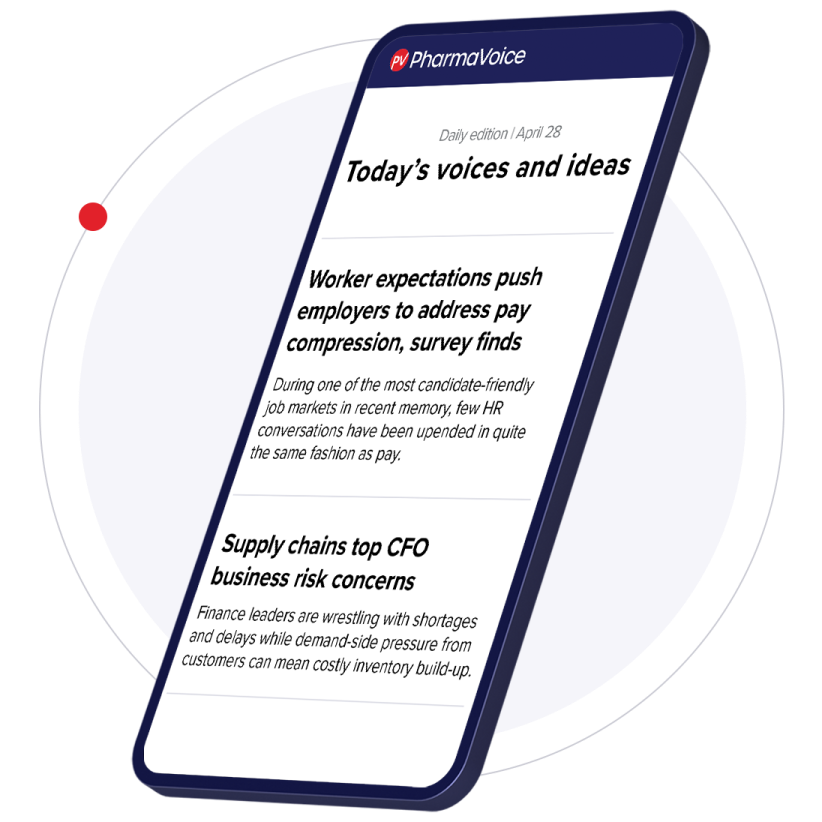In an industry driven by scientific curiosity and innovation, the notion that too much data could be a drawback is almost blasphemy. But with a single phase 3 trial now generating nearly six million data points, it may be time to pare down protocols, according to a new study.
On average, nearly one-third of the information collected across 105 trials was either “non-core” or “non-essential, and more than half of that extra data came from patient surveys, according to the study, conducted by Tufts Center for the Study of Drug Development, Tufts University School of Medicine and TranCelerate Biopharma,
“The big takeaway here is … encouraging our clinical teams and protocol authors to think through the design decisions they make and how they may impact downstream site feasibility and site burden, and perhaps even most important, patient participation burden,” said Kenneth Getz, executive director of Tufts CSDD and the study’s lead author.
Clinical trials have become more challenging over the years, as scientists develop more advanced therapies for harder-to-treat diseases. Trial sites have also multiplied and spread globally, which has lengthened trial timelines, Getz said.
“No matter how hard we try to simplify our protocols, there are more and more demands,” he said. “We have not, as an industry, been able to get ahead of complexity. We're always playing catch up.”
“The more complex, the more protocol deviations, the more protocol amendments, the slower the trial, the higher the dropout rates, and the slower the enrollment."

Kenneth Getz
Executive director, Tufts Center for the Study of Drug Development
A recent Nature study confirms this trend, finding that over the last 10 years, average trial complexity scores have increased by more than 10 percentage points. For every 10-percentage point increase, overall trial length increased by one-third.
Some challenges, such as new regulatory requirements, are unavoidable. Other trial-slowing factors are self-inflicted as companies push for more data points without considering the drawbacks. There’s always a temptation to find out more.
“Often when [companies] know a patient is filling out a questionnaire, [they think] let's just add a few more questions. Let’s conduct the questionnaire more frequently,” Getz said. “It may inform our understanding of the quality of life for the patient or their attitudes and perceptions. But it's a big burden when patients are filling out three questionnaires a day.”
Many of the phase 2 and phase 3 protocols reviewed in the study collected an overload of lower-priority information or data that will only be useful later on.
“Companies may be gathering data on biomarker information or ways to target a more narrowly defined patient community. They gather some data to help with the positioning of the drug in the product label once it enters the marketplace,” Getz said.
In addition, many of the trials included in the study, which were run by 15 different biopharma companies, included non-core procedures that didn’t support primary or secondary endpoints. These procedures accounted for up to 32.5% of phase 3 data collected per person, and 25% to 30% of the total burden on trial participants and research sites.
“Some [of] the non-essential procedures may be conducted excessively. Did we need to collect that data on visits four, five, six, seven, eight, and nine when we only needed the data for visits four, five and nine,” Getz asked.
As protocols become increasingly byzantine, problems multiply.
“The more complex, the more protocol deviations, the more protocol amendments, the slower the trial, the higher the dropout rates, and the slower the enrollment rates,” Getz said, adding that too many demands drive patients away and put a heavy burden on staff.
Needed improvements
A primary goal of this study was to encourage protocol designers to be more thoughtful about what data to collect.
“We need to elevate the urgency and the importance of doing this,” Getz said. “It's such a soft global economic environment for pharmaceutical and biotech companies. There's so much pressure on pricing.”
Ultimately, Getz said he hopes the study sparks a discussion among protocol authors and clinical teams. TransCelerate’s member companies are now using study insights to develop a framework and toolkit, which could potentially be rolled out in early 2026, he said.
“It's so critical that we get our protocol designs right, that we optimize the design so that we don't really hinder this process,” Getz said.










